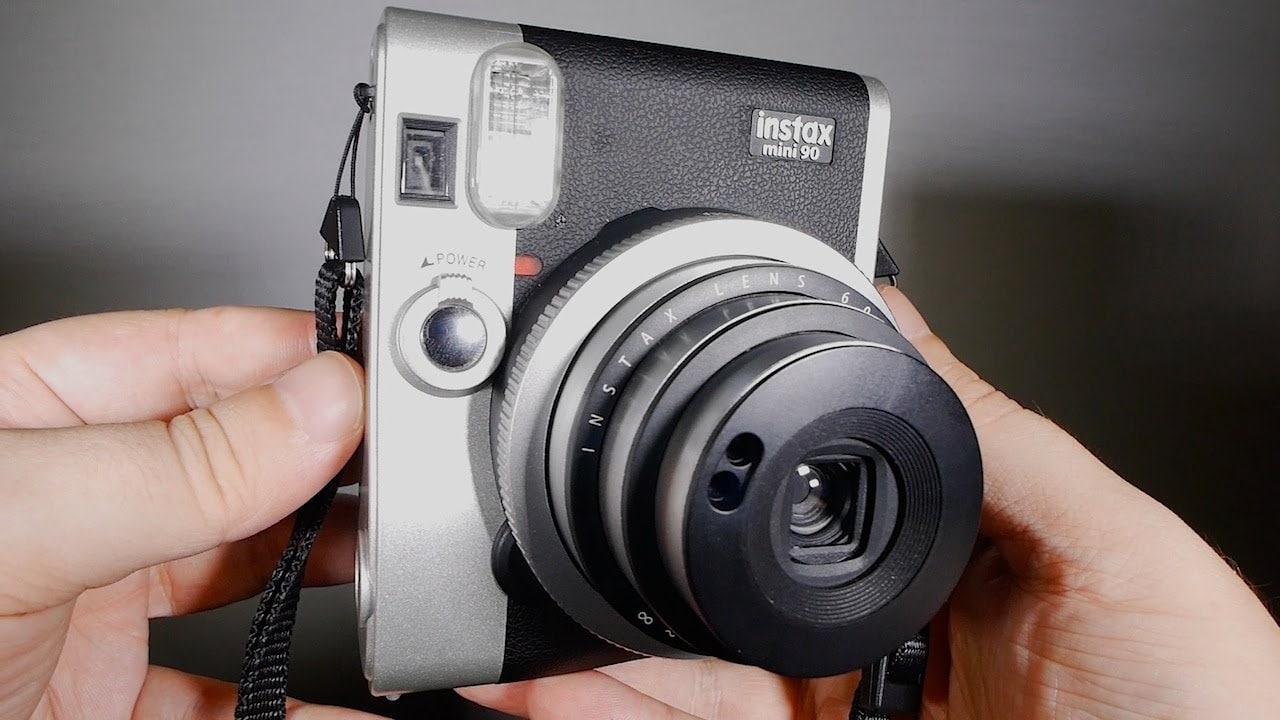Polaroid-type instant cameras were introduced to the world in the 1940s and, until the advent of digital cameras, were widely used. With digital instant cameras as we know them today, Polaroids have fallen into disuse, at least so far, because these small machines have come back with everything in recent years, especially with the Fujifilm Instax Mini 8 and Fujifilm Instax Mini 90, which we will specify in this article. Fujifilm’s Instax Mini 90 was announced in 2013 at a time when consumers were no longer expecting a Launch brand, as the Mini 8 was already on the market, the Mini 90 came with a very different proposal and a redesigned design, plus it was more expensive than the snapshot of the same brand that had already made a hole in the market : While the Mini 8 costs around R$500, the Mini 90 sells for around R$1000.
Is this price difference worth investing? Here’s what we’ll see now with the specifications of this camera:
- Considered by many to be Fuji’s prettiest Instax.
- The Mini 90 arrives with a more sober design than the Mini 8.
- For example.
- That travels more in the delicate.
- Feminine universe.
- The Mini 90 can evolve more in an executive and professional universe thanks to this instant camera is not only beautiful.
- But also functional.
- It comes with two shooting buttons to give the photographer more freedom to take the photo.
- No matter how you hold the equipment.
- Around the lens is a disc where you can change the shooting mode faster while taking pictures.
- The shooting buttons are also reflected and located in front of the camera.
- Making it a mirror option to make the famous selfies.
- Despite all the design features.
- It remains.
- Like a good shot.
- Light and easy to charge.
A change in the Fujifilm Instax Mini 90 that was celebrated by photography enthusiasts was the rechargeable battery instead of the batteries. In addition to not having to invest more in batteries and worry about their durability, the battery makes the photographer very relaxed to make long repetitions, for example, since a full charge can carry up to 100 photos.
Unlike previous models, the Mini 90 also does not have the required flash, which, when not needed, can ruin the image. In addition, the camera also has a built-in photometer that can calculate exposure values based on ambient light and thus triggers the flash?Cases are necessary. However, if the photographer doesn’t want to use the flash at all, he can turn it off, but you need to watch for shutter speed, as the Mini 90 only goes up to 1. 8 seconds. This value, even with an ISO 800 film, a lens with an aperture of f/12. 7 may not be able to capture natural light in certain situations. If the photographer wants to use the flash on all photos, leave it on and the camera will always calculate the lighting automatically. control the flash charge.
Exhibitions with the Instax Mini 90 are compensated even in extreme lighting situations, such as a dark place with an incidental light from the outside. Cleaning modes are: L, L and DL, increasing exposure by 1, L by 2/3 and D decreasing exposure by -2/3. For simplicity: L is lighter, L is lighter and D is darker.
For a 60 mm lens with an aperture of f / 12. 7, The depth of field of this snapshot is quite safe, but there is one way to lose focus: choose a different shooting mode from the scene to be rendered, or do not analyze the space, since the three possible focal lengths on this equipment are: 0. 3-0. 6 m, 06. -3. 0 my 3. 0 m-infinite. The most common distance is 0. 6 to 3. 0 m. The others are accessible through the Macro and Landscape functions. , the camera focus increases to 0. 3-0. 6 m, which can capture the details of the objects. However, unlike professional cameras, the snapshot cannot get too close to very small elements. In the landscape, the focus is from 3. 0 m to infinity, which can capture details at a distance of up to 3 meters.

